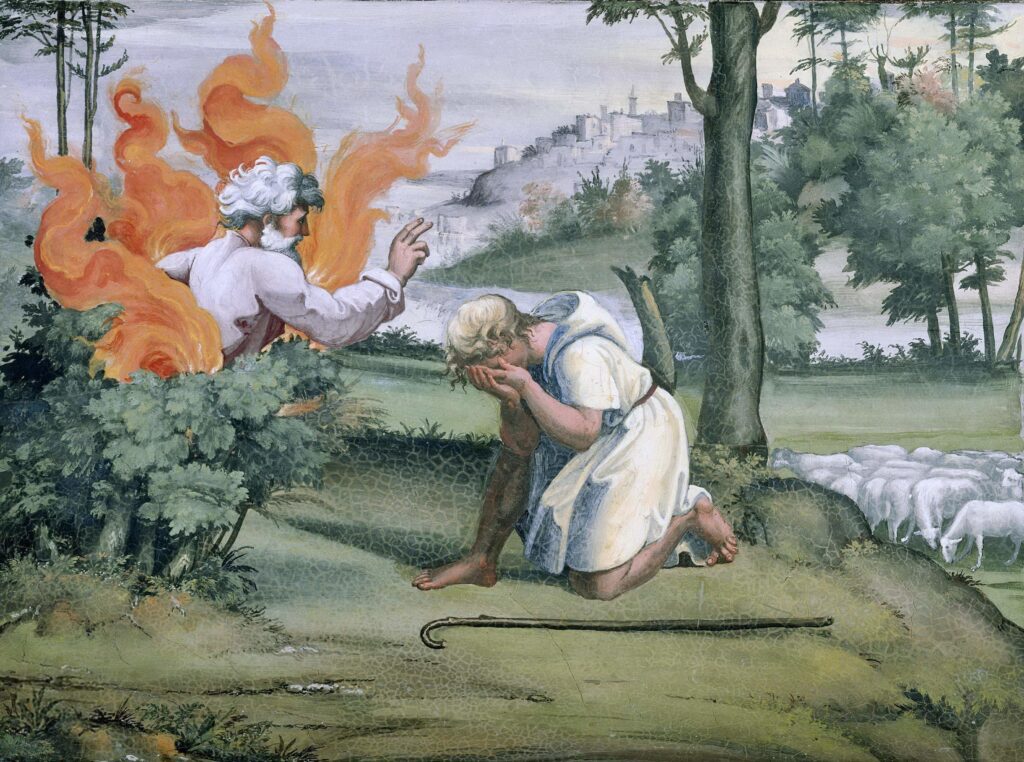10 April 2025
"And in one Lord Jesus Christ, the only begotten of the Father..."
Passiontide, Nicea and the Jubilee
By Stefan Kaminski
In the last post, we considered the opening statement of Nicea’s formulation: the foundation of the whole Christian faith in the absolute omnipotence and benevolence of God. But it is in the statement above that follows, that Nicea reveals its principle interest: a firm – and blasphemous, to many – affirmation of the divinity of Jesus Christ.
In this statement, Jesus’ name is bracketed by two expressions: “one Lord” and “the only begotten of the Father”.
The first of these – “one Lord” – firmly grounds us in the Divinity revealed by the Old Testament. The Latin term dominus is a rendering of the Greek kyrios, which in turn is a strict translation of the Hebrew, adonai. Kyrios is also used in the Greek Old Testament as equivalent for the divine name of Yahweh, thus appearing some 9,000 times in total throughout the Septuagint.
A bit like the statement of Jesus that so provoked the Pharisees and Scribes in today’s Gospel reading (“Before Abraham ever was, I AM”, Jn 8:58), designating Christ as kyrios – Lord – is a clear claim of the divine nature of His Person.
The second phrase adds further light to this, moving from a pre-Christian grasp of monotheism to the full mystery of a God who is Love. In the begetting of the Son by the Father and the expression of this bond in the Holy Spirit, the very essence and goal of our personhood – our relationality – is revealed. This is the sublime communion of Love that we are made by (“in the image of God He created him”, Gn 1:27) and for (“Behold, the dwelling of God is with men… and God Himself will be with them”, Rev. 21:3).
The coming of God as man is precisely what the Jubilee Year commemorates. Originally intended as a centenary celebration of the Incarnation by Pope Boniface VII, who inaugurated it in 1300, the interval between Jubilee years underwent several changes before being settled at 25 years by Pope Paul II, and thus it has remained since the Holy Year of 1475.
However, neither is the high Middle Ages the real reference point. Once again, we need return to the very incarnate nature of the convenantal relationship instituted by God, of which Christ is the fulfilment and final word.
The Jubilee Year is an institution decreed by the Lord God to the Israelite people, and codified in the Book of Leviticus.
The year of Jubilee marked the end of the seventh cycle of seven years (i.e. the fiftieth year) – a symbol of the perfection of God’s work. As such, it was a year of joy and of universal pardon: “Thou shalt sanctify the fiftieth year, and shalt proclaim remission to all the inhabitants of thy land: for it is the year of jubilee” (Leviticus 25:10). By this year, all debts were to have been written off, and every man free to return to his home and retake possession of his land. As a time of rest from labour and reliance on the Lord’s Providence, it was also an opportunity to allow the land to recover from agricultural use.

The coming of God Himself, with the full revelation of the Son by the Father (“This is my beloved Son”, Mt 3:17) and of the Father by the Son (“if you knew me, you would know my Father also”, Jn 14:7), constitutes the perfection – the ‘fiftieth year’ – of God’s work, and is the only source of true joy and pardon.
Thus, the Jubilee Year takes on a particular significance as we approach the mystery of our salvation – the end for which God became man, and the culmination of the liturgical year. During the Passiontide of a Holy Year, we not only commemorate the coming together of Priest and Victim in the Paschal Triduum, but the Church offers further opportunities to claim the full effect of this saving Sacrifice.

